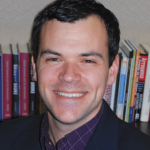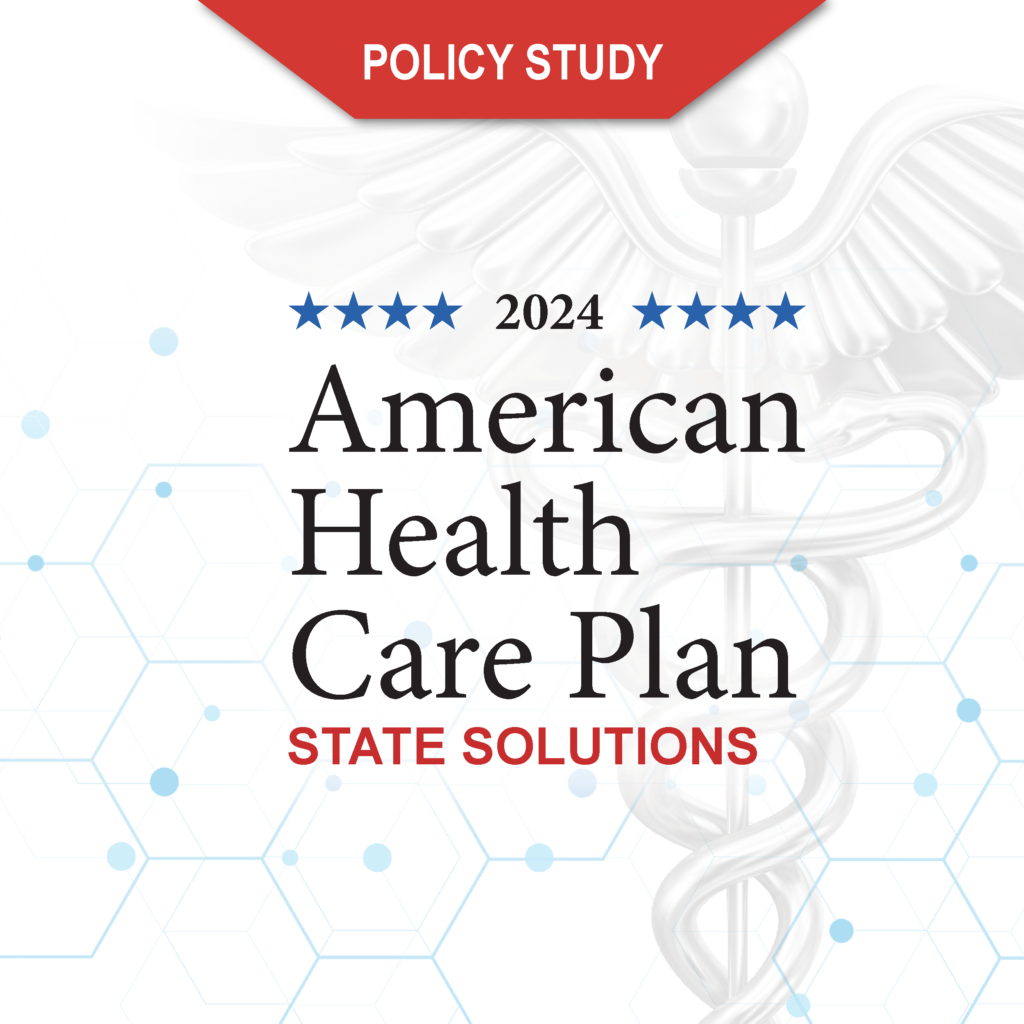Utah Gov. Gary Herbert (R) has signed a resolution recognizing pornography as a public health hazard and calling for preventive action to protect residents of Utah and other states from pornography and its consequences.
Senate Concurrent Resolution 9, sponsored by state Sen. Todd Weiler (R-Cross) and state Rep. Curtis Oda (R-Clearfield), passed the Utah Senate 24–0 and the House 72–0, with few abstentions in either chamber. It received the governor’s seal on March 29. The resolution “recognizes that pornography is a public health hazard leading to a broad spectrum of individual and public health impacts and societal harms.”
According to the legislation, health problems linked to pornography include perpetuation of a “sexually toxic environment” in which users are exposed to pornography at an average age of 11 years old to 12 years old, which leads to the “hypersexualization of teens, and even prepubescent children,” body image disorders, and violent crimes against women.
SCR 9 does not include any government mandates. The resolution “recognizes the need for education, prevention, research, and policy change at the community and societal level in order to address the pornography epidemic that is harming the citizens of Utah and the nation.”
Mental and Physical Dysfunction
Although some legislators initially resisted SCR 9, no one testified against the resolution before it passed almost unanimously, Weiler says.
“We heard a lot of testimony on this,” Weiler said. “All of the testimony on the bill was in favor of it. It was open to the public, but no one came to speak against it.”
Weiler says he based the bill on papers presented at a symposium hosted by the National Center on Sexual Exploitation (NCOSE) in July 2015 in Washington, DC. NCOSE compiled the papers, including some by medical doctors and clinical psychologists, in Pornography: A Public Health Crisis.
In line with the NCOSE compendium’s table of contents, SCR 9 recognizes “potential detrimental effects on pornography’s users can impact brain development and functioning, contribute to emotional and medical illnesses, shape deviant sexual arousal, and lead to difficulty in forming or maintaining intimate relationships, as well as problematic or harmful sexual behaviors and addiction.”
Pornography ‘Is an Addictive Drug’
Oda says reducing pornography’s prevalence could curb violent criminal behaviors perpetrated by pornography addicts acting out in the real world the behaviors they see depicted in pornography.
“Porn is an addictive drug, and addicts must satisfy their addiction,” Oda said. “Some will go to any length to get that satisfaction, which could involve patronizing prostitution, sex houses, and even human trafficking of women, minor girls, and boys. Torture, murder, rape, voyeurism all become part of the culture. Remove the source of the addiction, and resulting crimes will dissipate.”
Effects on Business, Employment
Science is inconclusive concerning whether pornography can be classified as an addictive substance or directly linked to physiological problems, according to an April Time report.
Weiler says people who have experienced hardship due to their use of pornography may be the best judges of whether they’re addicted.
“I know a guy right now who just lost his second job for looking at porn on his computer at work,” Weiler said. “You’d think losing one job would do the trick. But he considers himself addicted.”
Designating pornography as a public health hazard helps create a healthier child-rearing environment, leading to stable employment and thriving businesses, Oda says.
“Making it a public health issue will help eliminate such unstable jobs and bring in a better atmosphere to our youth,” Oda said. “Where there is a better social environment and values, business will thrive and create stable jobs.”
Suggests Porn Opt-In Choice
Weiler says early critics of the resolution feared SCR 9 would lead to outlawing pornography in Utah, infringing on people’s right to make their own decisions. Those fears were unfounded, Weiler says.
“That’s never been my interest, but rather to warn people of a trap,” Weiler said. “My resolution does not mandate or regulate anything. It’s a message, a warning.”
Far from banning pornography, parents should have the right to “opt in” to allowing internet pornography in their homes, Weiler says.
“Everyone wants to know, ‘Where are you going with this?'” Weiler said. “I’d like to follow the example of [Prime Minister] David Cameron in Great Britain: Change the default. It’s absolutely backwards we place the burden on parents to figure out how to block these images from coming into their houses.”
Weiler says he wants private businesses and public libraries to consider filtering internet access as a service to families with children under age 18.
“I would much prefer voluntary compliance or an opt-in,” Weiler said. “If we heard McDonald’s or libraries were handing out cigarettes, we would riot. Yet, we seem to be lulled into thinking they’re not at risk by watching porn at these places.”
Michael Hamilton ([email protected]) is The Heartland Institute’s research fellow for health care policy and managing editor of Health Care News.
Internet Info:
Annotated Concurrent Resolution on the Public Health Crisis–Utah SCR 9, January 28, 2016: https://heartland.org/policy-documents/annotated-concurrent-resolution-public-health-crisis-utah-scr-9
Engrossed Concurrent Resolution on the Public Health Crisis–Utah SCR 9, January 28, 2016:
Pornography: A Public Health Crisis, National Center on Sexual Exploitation, July 14, 2015: https://heartland.org/policy-documents/pornography-public-health-crisis





